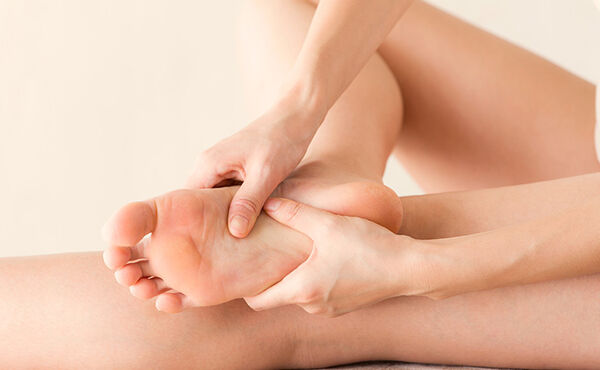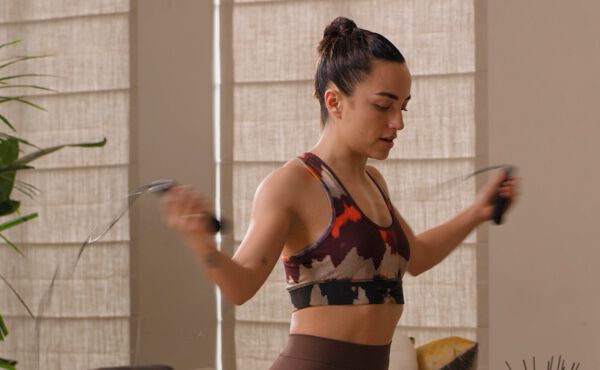Are you having trouble sleeping? Does everything feel off-balance to you? Perhaps you’re stressed, maybe even in pain, but you’re not feeling yourself right now. In most cases you’ve most likely not considered the health benefits you could achieve by paying attention to your feet. Yes really, your feet. Here’s why you should give reflexology a try.
What is reflexology?
The therapy of reflexology has its roots in several ancient civilisations, including Egypt, China and Africa. It’s more commonly associated with the ancient Chinese belief that a person’s chi, or qi, the flow believed to run through our bodies, can be blocked when someone is ill or stressed. In turn, this blockage, or imbalance, is thought to also cause illness, pain or discomfort.
Based on the theory that the body’s organs are connected to the feet, hands and ears through pressure points, reflexology is said to help remove blockages by stimulating specific points, and improving the energy flow. And as the body’s major energy paths connect to your feet, according to reflexology, they are mission control for your health and wellbeing.

Why try reflexology?
Reflexology has been credited with everything from relieving stress, headaches and tension to promoting sleep and digestion. Some devotees report a change in their anxiety levels and mood, the severity of asthma and PMS, and even with arthritis and sinus issues.
But while a professional consultation is essential to treat bigger issues, you can still reap the benefits of reflexology at home. Follow our guide to the basic pressure points to know, and discover which strokes are best to use where.
1. To reduce stress
Relax the feet, one at a time, by lightly (but firmly) tapping, kneading or squeezing them in circular motions. Continue as long you like, then spread your toes and finish by pressing down your thumb on the solar plexus (this is the slight dent below the ball of your foot) for 5-10 seconds for each foot.
2. To relieve tension or blocked sinuses
Run your thumb up from your heel to the ball of your foot, along the entire inside edge, and finish by pressing on the reflex points underneath your toes with the outer ridge of your thumb. Firmly press on the big toe to relieve headaches and tension in the neck, for example, and the little ones to help clear the sinuses. Pay extra attention to the outer side of the big toe to help improve your sleep-wake rhythm (AKA circadian rhythm).
3. To calm the nerves
Massage the soles of your feet to calm your breathing and concentrate on the area below the balls of your feet to encourage relaxation and peacefulness. Finish by repeating the relaxation techniques of step 1. Or, if you’re not ticklish, end with “breeze strokes” – a feathery motion of running your fingertips down and over all sides of your feet. It can be very soothing for the nerves, but only if you can handle such a light touch.
4. To wind-down before bed
Try this step-by-step 10-minute foot massage routine. Packed with reflexology techniques and tips, it’s an irresistible way to switch off and relax body and mind before bed.



.jpg?sw=600&sh=370&sm=fit&cx=0&cy=0&cw=600&ch=370&sfrm=jpg)

.jpg?sw=600&sh=370&sm=fit&cx=0&cy=0&cw=600&ch=370&sfrm=jpg)